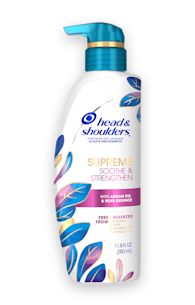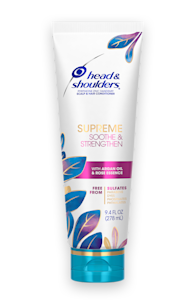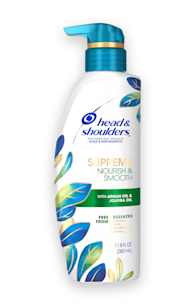ROUTINE FOR DAMAGED HAIR

Dealing with damaged hair doesn’t have to be a chore. Follow our routine for damaged hair and you’ll be back to your best in no time.
Any number of factors can lead to hair damage, from your style routine to a scalp condition.
It’s no wonder, then, that it can seem hard to know where to start when you’re trying to reverse the damage.
To make things easier, we’ve put together a few tips that you can add to your routine for damaged hair to get it back on the right track.
Starting off right
The first step you’ll want to focus on is hair repair.
Hair is not alive, which means it’s unable to repair itself – so any damage that’s already occurred is there to stay.
Happily, while you can’t actually make your hair heal itself, there are things you can do to make it look and feel better while you focus on growing strong, healthy hair to replace it.
Moisture is the key in this case: look for products that use the terms ‘moisture’, ‘smooth’ or ‘repair’. Shampoos and conditioners with these terms tend to be higher in moisturizing ingredients.
And on that note, it’s important that you don’t skip the conditioner – a good conditioner will help smooth your cuticles (the outer layer of hair), and make your hair look healthier.
Because damaged hair is vulnerable to further harm, you’ll also want to take steps to protect your hair while styling.
A two-prong approach will come in handy here: avoid heat styling where you can, and use a protectant when you do.
You can also work a leave-in conditioner or finishing oil for that extra bit of moisture – paying special attention to the ends of your hair, where the most damage is likely to be.





